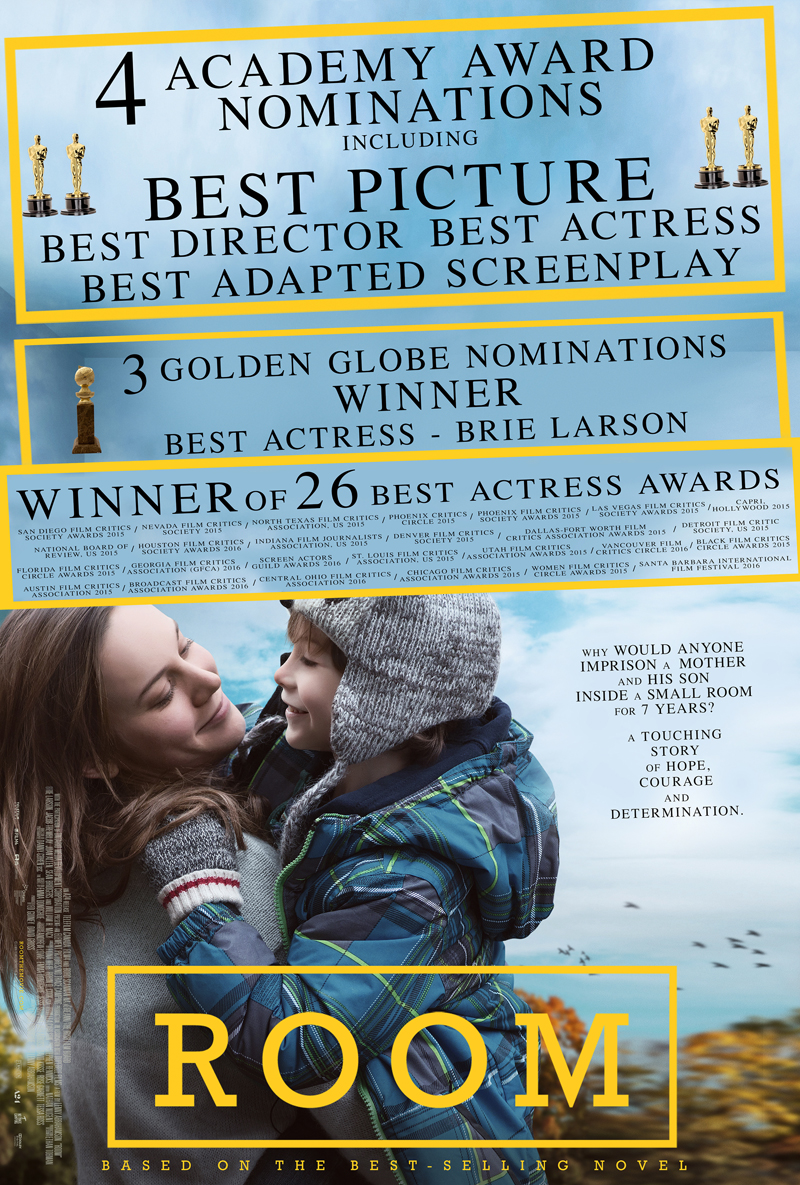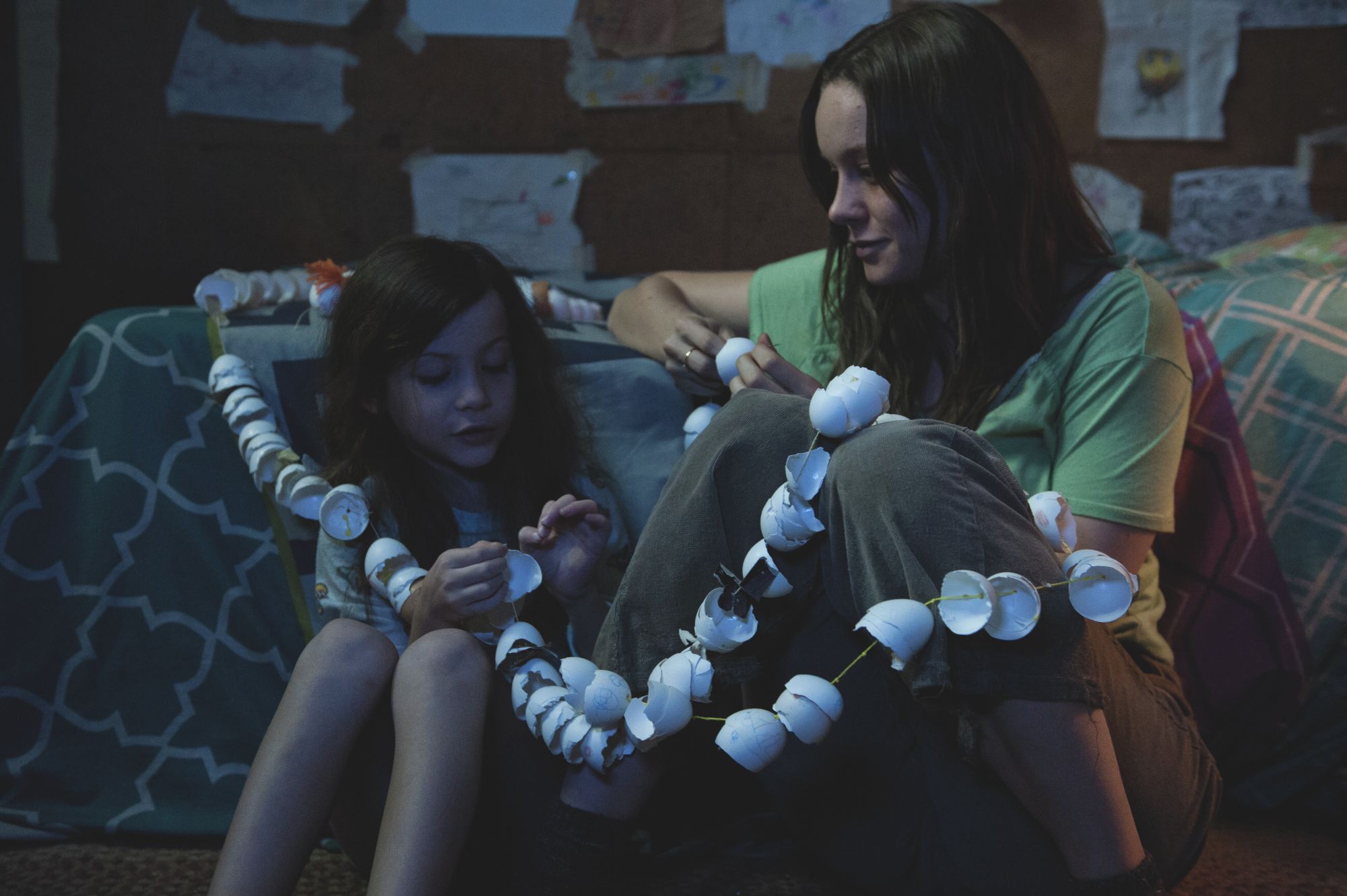Short verdict: A raw and haunting document on grief, Nick Cave turns his sorrow into a harrowing and beautiful look at trauma as explored in interviews and poetic readings, combined with visually arresting recordings of performances from his new new album, Skeleton Tree
There was a clear electric buzz as a large queue formed outside of Leeds’ historic cinema, the Hyde Park Picture House. Following a sold-out performance of the new Nick Cave film One More Time With Feeling on 08/09 (a one-night only screening across the globe and a day ahead of the release of the new album, Skeleton Tree), the Hyde Park Picture House kindly put on, as they dubbed it, an encore performance. Me, my friend and several others in the queue were delighted at the high turn out, imagining only 5 Nick Cave fanatics together at the screening. This was also my inaugural visit to this historic venue (the cinema was founded in 1914 and has continually shown a wide range of films, now specialising in foreign, indie and historic releases) and as I settled into the ‘cosiest cinema in Leeds’, my hopes were high that the film would match the build-up.
Nick Cave (master of gothic songwriting and performance and band leader of the long running band The Bad Seeds) lost his son Arthur, aged 15, to tragic accident in 2015, around the time we began writing and recording his sixteenth album, which would become Skeleton Tree. The film, which began life as an audio-visual document of the writing and recording process, turned into a documentary exploring the grief that two parents are working through having lost their child. The details behind Arthur’s death are not explicitly explored but his loss is felt in every frame of this beautiful film.
Nick Cave at times is bemused that he is even attempting a project such as this following such a terrible trauma. His second in command, Warren Ellis, expresses at the beginning of the film mis-givings about opening up to discussing the experiences that have happened in the past year to his friend and his family. How can a film truly express the feeling a grieving parent must be experiencing? Nick himself says that any time he tries to articulate the words he feels he is just speaking bullshit and is actually do a discredit to his son. However, what the documentary team capture (led by director Andrew Dominik who made the modern classic The Assassination of Jesse James) is pure raw emotion that is expressed in very candid interviews, musical performances of the new songs and avant-garde imagery overplayed with readings of Cave’s poetry. This is not an easy film to watch at all but it ultimately becomes a rewarding experience, examining trauma, the nature of life and the creative process. The film simply asks us to listen and try to understand the grieving process and how fed into creating the new album.
Cave expresses his loss through his music. He makes it clear that his normal creative process could no longer apply instead opting for his emotions to flow free through ad-libbing and improvisation with Warren Ellis. Even if some of the songs were written both Arthur’s death, the way they are performed and produced give a great sense of melancholy. Cave himself says that even if it is not explicit, just by the event that transpired the lyrics will naturally take on a second meaning. It is a fascinating glimpse in the creative process. Through the heavy subject matter, Cave’s love for his wife, Suzy, and son (Arthur was one of a set of twins) and his friendship with band mate Warren Ellis shine through, who brings a real warmth and humour to the film (surprisingly, there a couple of understated laughs in the film). There are wonderful moments in the film, such as a trip to the studio from his son or Ellis belittling his classical violin, that provide moments of levity.
The performances of the new songs are impeccable and the way they are directed (all shot in stunning black-and-white, like the rest of the film) make use of impressive of lighting and subtle camera movement. There are a couple times where it becomes a little bit too overblown but for the most part the style complements the music perfectly. This is intercut with poetic passages, where Cave is describing his various feelings, ranging from deep sadness to bitter anger. Again, the imagery used perfectly matches the time and rhythm of Cave’s prose. The final element of the film are the candid and raw interviews with Cave and Suzy. Cave is quite open in his inability to discuss his emotions, as described earlier, but as an audience we begin, in a small way, to understand the ordeal he has had to, and continues to, endure. He equates trauma to pulling an elastic band attached to your arm. You can pull it further and further and away but eventually it will snap back into place – it has become his new emotional epicentre. Cave, whilst clearly emotionally distraught and deeply tired, is as comfortable as he can be exploring these dark emotional issues. He ultimately concludes that there is a fenced-off part of his brain and how he and his wife have tried to move on with this fenced off place existing. It is difficult to pinpoint what Cave wanted to achieve in the film but that is likely the point – he is trying to work out his place in the universe in the face of an immense personal loss. This beautiful and intimate film is not easy viewing but it bravely tackles issues that many grieving parents must experience and helps those who have not lost a child to understand in even a small way the confusion and emotionally draining experience it is and the ultimate drive to continue to live and begin the grieving process.
Long Verdict: Emotionally raw, Cave employs three distinct styles to explore his feeling of immense grief in the face of losing a loved one. His searing pain becomes a very personal document that candidly discuss all the feelings him and wife continue to experience. While not easy watching but One More Time With Feeling is a rewarding film that sticks with the viewer long after the credits have rolled. Powerful musical performances, cutting interviews and a great style make for an unforgettable documentary.
Rating: 9/10
There was a clear electric buzz as a large queue formed outside of Leeds’ historic cinema, the Hyde Park Picture House. Following a sold-out performance of the new Nick Cave film One More Time With Feeling on 08/09 (a one-night only screening across the globe and a day ahead of the release of the new album, Skeleton Tree), the Hyde Park Picture House kindly put on, as they dubbed it, an encore performance. Me, my friend and several others in the queue were delighted at the high turn out, imagining only 5 Nick Cave fanatics together at the screening. This was also my inaugural visit to this historic venue (the cinema was founded in 1914 and has continually shown a wide range of films, now specialising in foreign, indie and historic releases) and as I settled into the ‘cosiest cinema in Leeds’, my hopes were high that the film would match the build-up.
Nick Cave (master of gothic songwriting and performance and band leader of the long running band The Bad Seeds) lost his son Arthur, aged 15, to tragic accident in 2015, around the time we began writing and recording his sixteenth album, which would become Skeleton Tree. The film, which began life as an audio-visual document of the writing and recording process, turned into a documentary exploring the grief that two parents are working through having lost their child. The details behind Arthur’s death are not explicitly explored but his loss is felt in every frame of this beautiful film.
Nick Cave at times is bemused that he is even attempting a project such as this following such a terrible trauma. His second in command, Warren Ellis, expresses at the beginning of the film mis-givings about opening up to discussing the experiences that have happened in the past year to his friend and his family. How can a film truly express the feeling a grieving parent must be experiencing? Nick himself says that any time he tries to articulate the words he feels he is just speaking bullshit and is actually do a discredit to his son. However, what the documentary team capture (led by director Andrew Dominik who made the modern classic The Assassination of Jesse James) is pure raw emotion that is expressed in very candid interviews, musical performances of the new songs and avant-garde imagery overplayed with readings of Cave’s poetry. This is not an easy film to watch at all but it ultimately becomes a rewarding experience, examining trauma, the nature of life and the creative process. The film simply asks us to listen and try to understand the grieving process and how fed into creating the new album.
Cave expresses his loss through his music. He makes it clear that his normal creative process could no longer apply instead opting for his emotions to flow free through ad-libbing and improvisation with Warren Ellis. Even if some of the songs were written both Arthur’s death, the way they are performed and produced give a great sense of melancholy. Cave himself says that even if it is not explicit, just by the event that transpired the lyrics will naturally take on a second meaning. It is a fascinating glimpse in the creative process. Through the heavy subject matter, Cave’s love for his wife, Suzy, and son (Arthur was one of a set of twins) and his friendship with band mate Warren Ellis shine through, who brings a real warmth and humour to the film (surprisingly, there a couple of understated laughs in the film). There are wonderful moments in the film, such as a trip to the studio from his son or Ellis belittling his classical violin, that provide moments of levity.
Long Verdict: Emotionally raw, Cave employs three distinct styles to explore his feeling of immense grief in the face of losing a loved one. His searing pain becomes a very personal document that candidly discuss all the feelings him and wife continue to experience. While not easy watching but One More Time With Feeling is a rewarding film that sticks with the viewer long after the credits have rolled. Powerful musical performances, cutting interviews and a great style make for an unforgettable documentary.
Rating: 9/10






